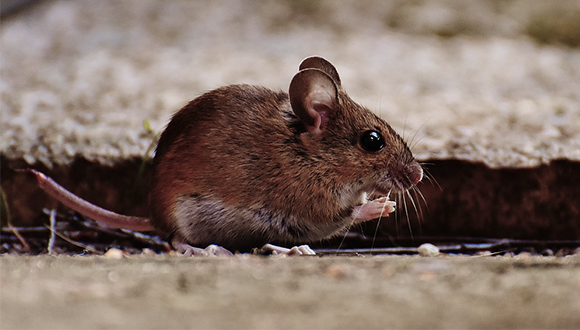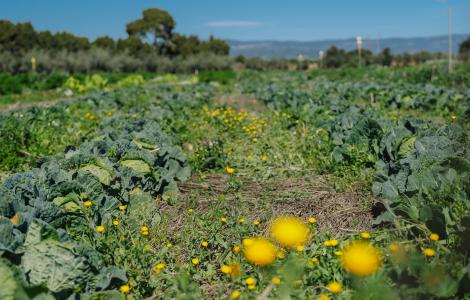Mice have “personality”
CREAF scientists have found that, contrary to what was previously thought, wood mice make decisions individually.

A pioneering study undertaken at CREAF and published recently in Animal Behaviour shows that wood mice (Apodemus sylvaticus) have “personality”, in that the decisions they make in a given situation differ according to their “character”, just as the decisions of humans do. In the words of study leader Mariona Ferrandiz, a CREAF and Autonomous University of Barcelona (UAB) researcher, “having looked at how mice behave as individuals, our main finding is that each of them is unique and does things differently”.
For their research, Ferrandiz and her team designed two experiments with 25 mice they captured at Collserola in Barcelona. In the first experiment, they analysed each mouse’s behaviour before, during and after exposure to a cotton pad impregnated with the scent of the common genet, which preys heavily on wood mice. They measured the time each mouse spent outside its refuge and categorized its behaviour, deeming it to be stressed if it froze, was watchful, or tried to escape or to shred the cotton pad, and relaxed if it ate calmly, groomed itself or burrowed.
“Having looked at how mice behave as individuals, our main finding is that each of them is unique and does things differently”. CREAF and UAB researcher Mariona Ferrandiz.
The experiment showed that the mice responded to the genet scent differently. “There was great variability between the mice”, explains Ferrandiz. “For example”, she continues, “the time they spent outside their refuge varied from 45 minutes in the case of a rather inactive individual to more than five hours in that of a highly active individual”. The team thus concluded that the individual characteristics of each mouse have a greater bearing on its decision-making than the external environment.
Bold mice that could help forests escape climate change
In the second experiment, the researchers studied how each of the mice distributed acorns, measuring the time they spent outside their refuge, the weight of the acorns they moved and the distance they moved them, both with and without genet scent. The most stressed mice proved to be bolder and better dispersers, in that they took greater risks, selected the heaviest, most nutritious acorns, and moved them greater distances. The more relaxed mice took smaller risks, chose the lightest, least nutritious acorns, and moved them smaller distances.
Holm oaks provide wood mice with food in the form of acorns, and the rodents return the favour by dispersing the trees’ seeds, taking them further afield than they could otherwise reach. Against the backdrop of climate change, there has been an increase in research on the survival of plant species and the role of seeds and their dispersal by animals. Previous studies assumed that all mice behave in the same way and base decisions on the size of the seeds they move and the distance they move them on external factors, such as the scent of a predator nearby or the risk of losing seeds to other animals. Thanks to the study conducted at CREAF, it is now known that each mouse’s “character” also influences the process in question.
Holm oaks provide wood mice with food in the form of acorns, and the rodents return the favour by dispersing the trees’ seeds, taking them further afield than they could otherwise reach.
The study has shed a little light on the behaviour of mice and the researchers intend to go further. “We’re now beginning another study in which we’ll be comparing dispersal patterns in a very mature forest and in a regenerating forest, and checking for different patterns among dispersers”, says Ferrandiz. “Understanding such patterns could enable us to plan forest regeneration or develop strategies”, she adds. “If a forest has no dispersers, for example, we could think of ways of encouraging them.”
The study was funded by Spain’s Ministry of Science, Innovation and Universities and is part of the FORASSEMBLY project. Alongside Ferrandiz, it was carried out by Mariano Feldman, who was a master’s degree student at the time and is now studying for a PhD in the University of Quebec’s Forest Research Institute; CREAF researcher Josep Maria Espelta; and Alberto Muñoz, from the Department of Experimental, Social and Mathematical Science Didactics of Complutense University of Madrid’s Faculty of Education.
Article: Feldman M., Ferrandiz-Rovira M., Espelta J.M., Muñoz A. (2018). Evidence of high individual variability in seed management by scatter-hoarding rodents: does ‘personality’ matter? Animal Behaviour, 150, 167-174. DOI: 10.1016/j.anbehav.2019.02.009







